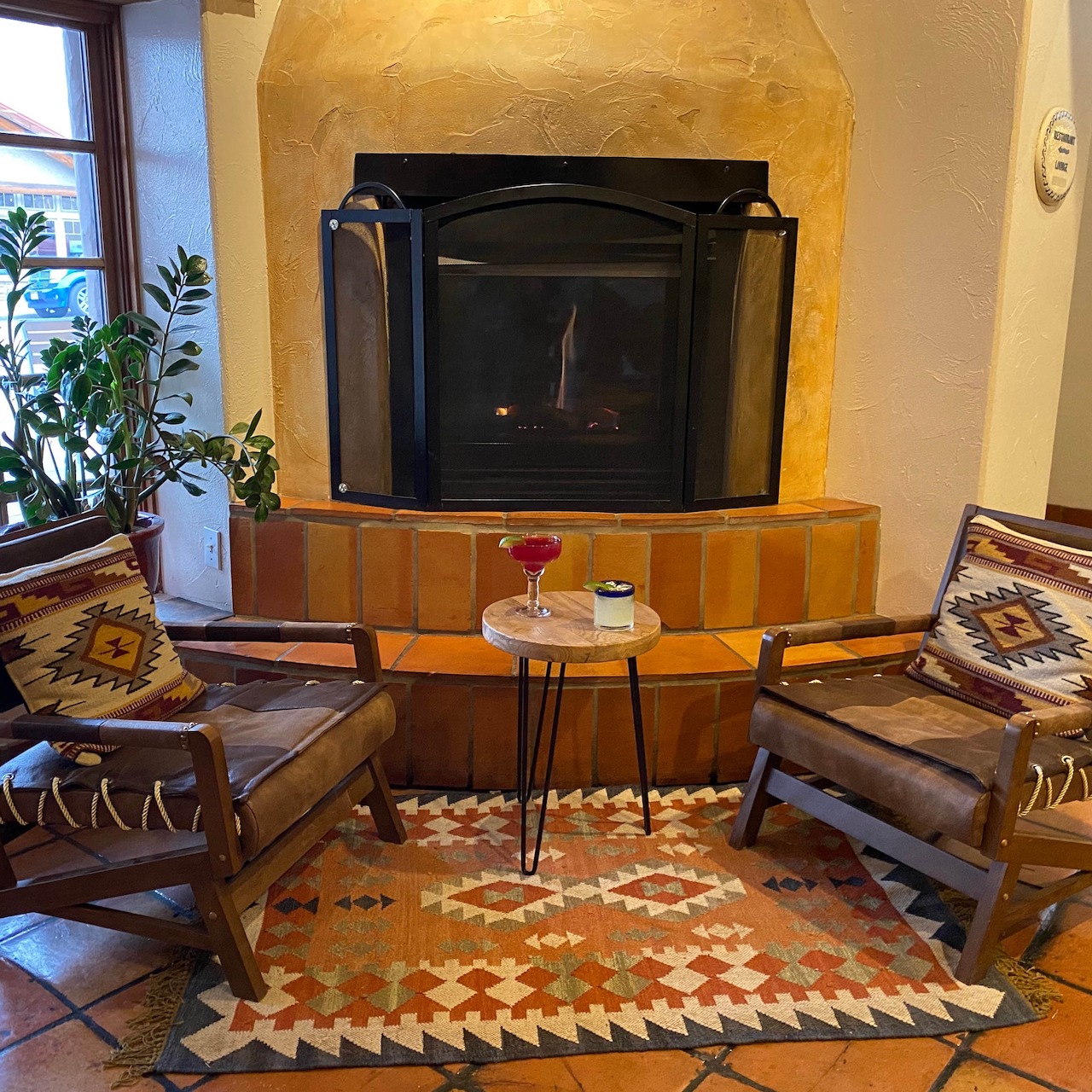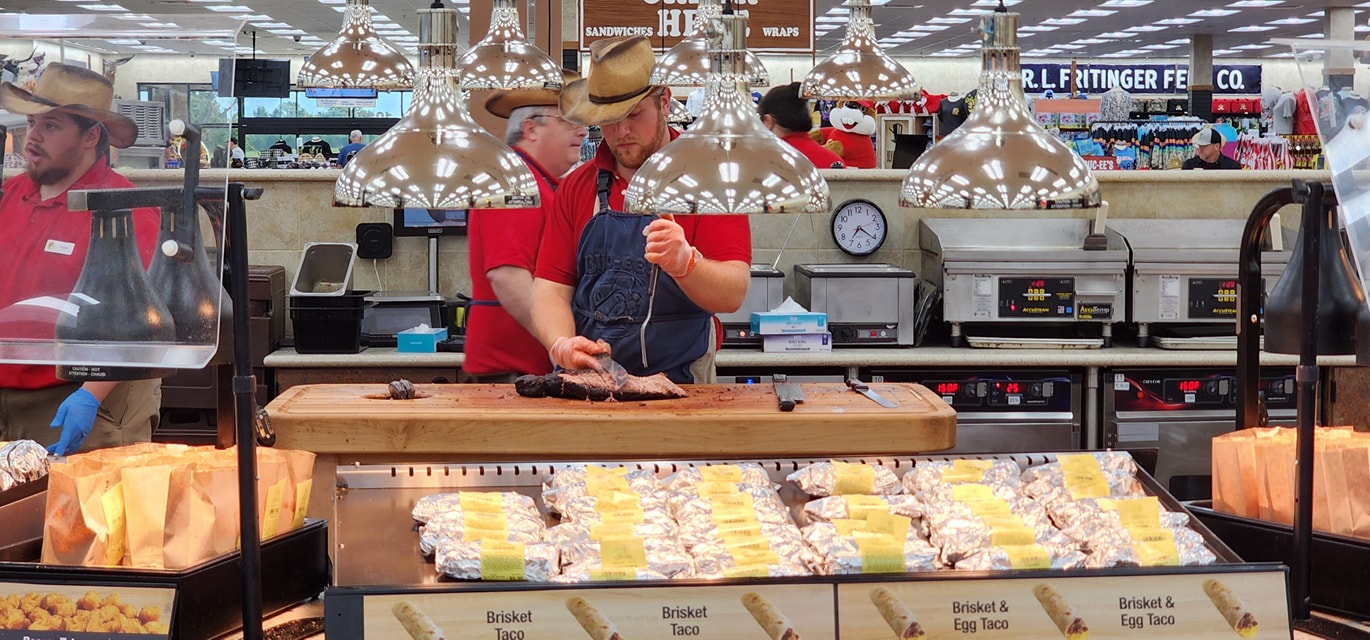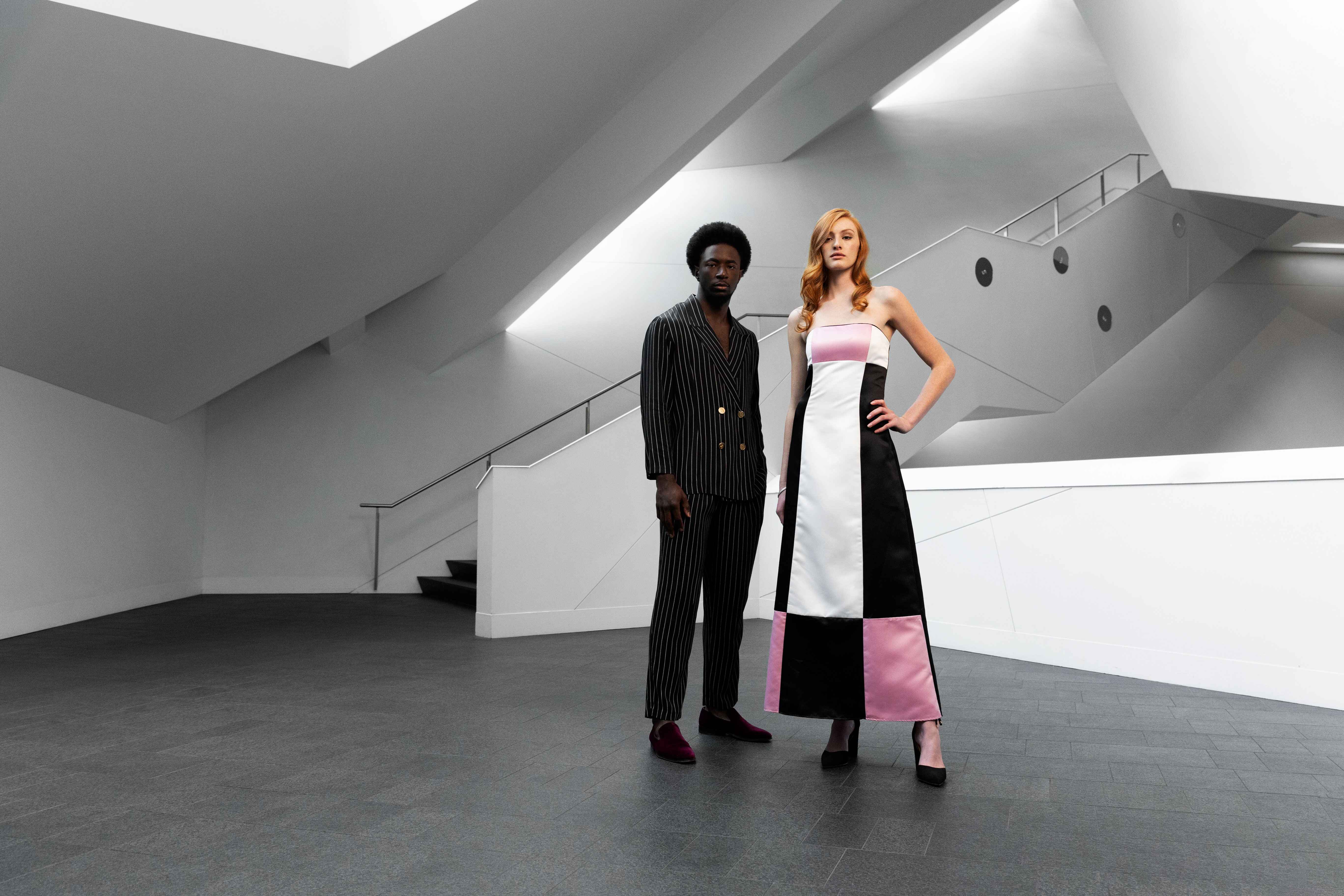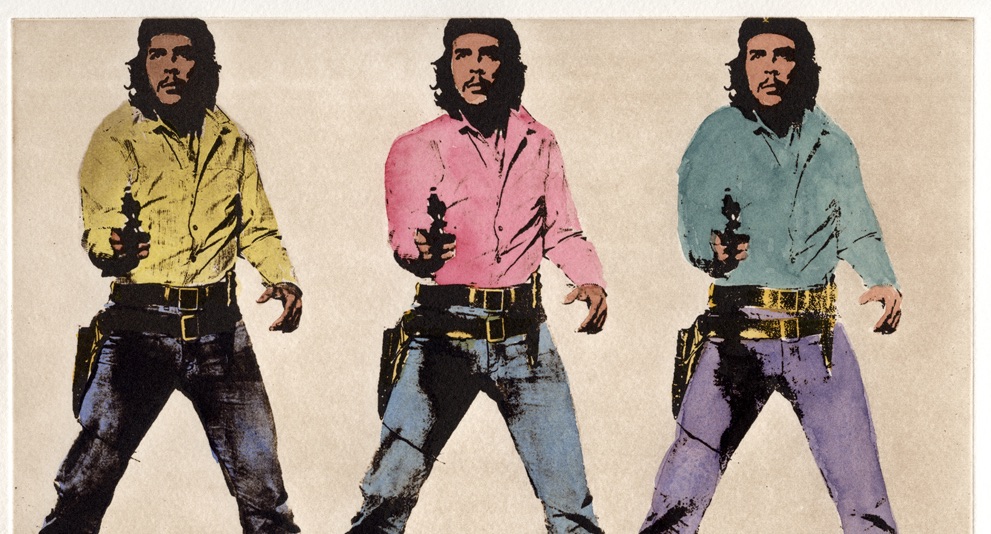Founded in 2013, Month of Printmaking (Mo’Print) brings awareness to the various processes of printmaking and the artists currently practicing it in Denver and the Front Range. As a biennial event, Mo’Print 2018 marks the third celebration and runs now through mid-April. This year there are more events, workshops and demonstrations than ever before. But, even as an art junkie, printmaking techniques can get confusing to keep straight. Part of the goal of Mo’Print is to educate and inspire anyone with even a sliver of interest in any of the techniques or styles.
First, the Basics of Printmaking
The one thing nearly all printmaking techniques (except monotyping/printing) have in common is they produce multiple impressions of the same design. Typically, a collection of these impressions is called an “edition” and each is signed and numbered. Though these prints share their origin, they are considered originals. Often, small variations appear between multiple prints — a result of using imperfect processes rather than just printing out copies or photocopying the original. In the printmaking world, you will encounter lithography, woodcuts, linocuts, monotypes, screenprints, engraving, etching and more.
READ: Giant Woodcuts At Art Gym Denver Kicks Off Month of Printmaking
The main differences between these processes exist in how to transfer an image to the printing medium (whether that be paper, fabric or something else.) Relief printing requires the artist to carve a design, ink that design and imprint it — so the image comes from a raised pattern — like in woodcuts, linocuts and metal cuts. Intaglio is the opposite, where the image comes as a result of inking the negative space and using an incised surface, like engraving or etching. Planographic printing comes from a flat surface, where the original image is only drawn, burnt or otherwise transferred on the surface to print from, like lithography or monotyping. Finally, screenprinting is a result of stenciling a design and pushing ink directly through a matrix made traditionally from silk but now can be made with synthetic fabrics.
Mo’Print is completely reliant upon volunteers and other local support to stay afloat. Just going out to see the artists, visit the galleries and rub elbows with other onlookers helps show the organizers that all of their efforts are worth it. This is why we’ve put together a list of printmaking artists not to miss during Mo’Print this year.
Ravi Zupa
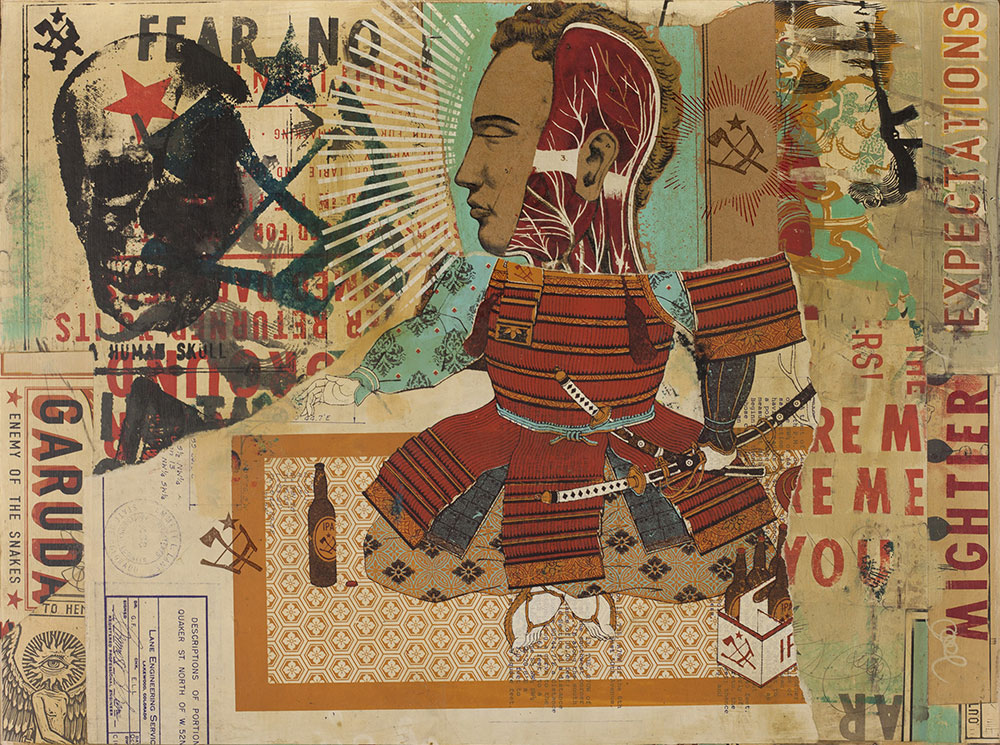
Entirely self-taught, Zupa uses religious and historical iconography to explore themes of universality. All of his pieces are handmade, meaning he avoids digital alteration in any way. Through his unique technique, the prints take on an old-time feel, as if they were just uncovered from some long-forgotten attic in another country. One of the printmaking processes he uses is “traffic cone relief” — where he carves designs out of traffic cones to imprint on another surface. Though Zupa calls Denver home, he’s constantly in other places showcasing his art. He’s been interviewed by Juxtapoz Magazine and Hi-Fructose and been featured in VICE and Mass Appeal. Locally you can usually expect to see Zupa display his art at Black Book Gallery. Political problems are paramount to Zupa and often give his work a propaganda-esque aesthetic — that’s absolutely meant to be there.
For Mo’Print, Zupa opens his studio doors in Commerce City during the Studio + Print Tour on March 24 between 10 a.m. and 4 p.m. This event is free and open to the public, just check the map and find the studios you want to visit.
Arna Miller
Arna Miller has practiced printmaking in Colorado for a number of years. She’s represented by the small and eccentric Sally Centigrade Gallery, where her prints remain affordable and therefore approachable. Her style centers on an off-branded humor that is best to compare to the odd-ball shows of Adult Swim on Cartoon Network. They exist in a place where logic is unnecessary and yet grounded in real situations and universal feelings. Miller and Zupa are actually a couple and often collaborate together on pieces. When they don’t collaborate, some of Miller’s work is influenced by her and Zupa’s interactions. For instance, the first piece in the gallery pictured above, “In Search of a Nesting Place” came about after the couple was given a month to move out of the apartment Miller had resided in for five years. When she searches beyond her daily life for inspiration, she seems to find it in vintage labels and posters. Miller uses primarily screenprinting, where her skills in finely detailed illustration shine.
During Mo’Print 2018, see Miller’s work during the Studio + Print Tour on March 24 from 10 a.m. to 4 p.m. You can also find her work even outside of Mo’Print at Sally Centigrade.
Matthew Swisher
Matthew Swisher originally comes from the Bay Area in California but operates in Denver currently. As a staff member at Art Gym, he surrounds himself with fellow printmakers, as well as metalsmiths, graphic designer and painters, among others. Swisher uses a variety of methods to screenprint, though his signature style at the moment relies heavily on repetition. Some of his past works call to mind the illusions of M.C. Escher. According to Swisher, “art is a language of the commons” and in the public sphere, art fosters the most opportunity for exchanges of ideas.
To see his work during Mo’Print, visit Art Gym between March 1 and April 29, 2018 and head back to the newest addition — the Common Space Gallery. His work is part of a two-person show called (TAC)tile. There’s a good chance Swisher will be there if you have any questions about his work.
Tony Ortega
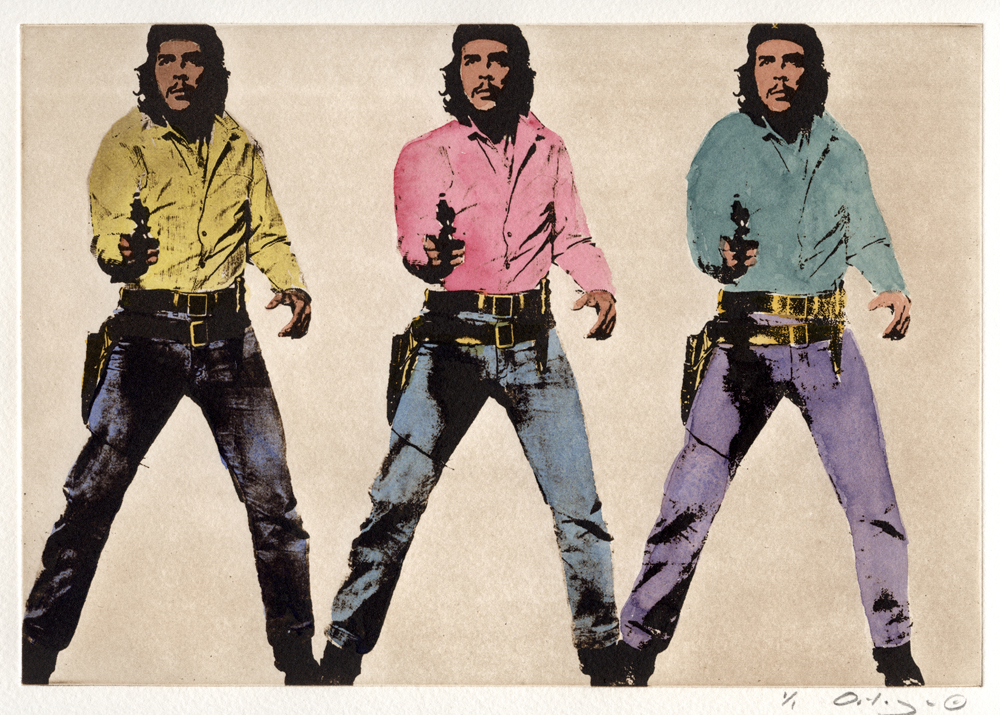
Anthony (Tony) Ortega, currently an associate professor at Regis University, spends the majority of his time over the last 36 years making art. He’s known for his vibrant, colorful and culturally diverse work. His printmaking techniques begin with digital rendering, followed by solar etching, lithography and/or silkscreen. His use of overlapping color in varying levels of intensity gives his prints a pop-art appeal. Much of his art is rooted in American and Mexican cultures.
During Mo’Print 2018, Ortega offers a close-up look at his process during the free access to his studio during the Studio + Print Tour on March 24 from 10 a.m. to 4 p.m. As a master printmaker, Ortega’s work will also be showcased in Master Printmakers and Print Educators in Colorado at the McNichols Building, presented by The Invisible Museum and Mo’Print, on view until April 8, 2018.
Vanessa Martin
Vanessa Martin is a trained and professional botanical illustrator — having received her degree from the Denver Botanic Gardens after moving here many decades ago. Though most botanical illustrations are completed with watercolor, pen/ink and colored pencil, Martin discovered a way to create similar-looking pieces using a process of printmaking. Her method involves the use of the sun (an appropriate tactic for someone who obviously holds a dear spot in the heart for nature.) First, she draws the image using graphite onto a frosted piece of glass. Then, she exposes that image onto a solar plate, inks the etching and passes it through a printer. She finishes with touches of watercolor. During her term as president of the Rocky Mountain Society of Botanical Artists, she helped to create the theme Cannabis: A Visual Perspective which is currently on view at CU Museum of Natural History in Boulder and will be traveling to other institutions in 2019.
During Mo’Print 2018, see Martin and her work first at Open Press‘s celebration of printmakers, March 9. Then, catch her at RedLine’s Open Portfolio on March 17 from 2 to 5 p.m. Finally, see her demonstrating her technique at Open Press during the Studio + Print Tour on March 24 from 10 a.m to 4 p.m.
Gregory Santos
As the director of printmaking at Art Gym, Gregory Santos knows his way around just about any printmaking device. In his past, he worked as a bookbinder, book conservator, letterpress printer, fine art screen printer and printmaking studio manager. With all that experience, Santos creates extremely precise prints using primarily lithography and screen printing. Though he’s called Denver home for a while, he learned much of his trade in the 12 years he spent in New York City. Santos’ work in recent years focuses on reaction and action. It exemplifies this with bold strikes of color moving against and with each other. Recently, he switched gears toward a body of work with two possible titles: Paternity Test or Fatherly Advice.
Santos is the co-chair of Mo’Print, which means you might see him at any of the events. But to see his work in particular, catch the Master Printmakers and Print Educators in Colorado at the McNichols Building on view through April 8, 2018. Also, stop by RedLine for the Open Portfolio on March 17 from 2 to 5 p.m. If you want to learn more from the master himself, attend the stone lithography demonstrations he will provide with Emily Moyer at Art Gym on March 13 and 14.
Mark Lunning
Mark Lunning seeks to express phenomenon in nature that lacks immediate visual representations, like the processes of growth, decay and entropy. But, unlike other nature-inspired artists, Lunning finds the most creative appetite in the boundaries between nature and city. He calls it “2oth Century synthesism” because he finds much of his influence in cubism, constructivism, modernism and expressionism. Lunning is a master printmaker, represented by William Havu Gallery locally and the founder of Open Press — a facility equipped with everything an artist needs to create fine art prints. For over 20 years, Lunning has taught hundreds of aspiring printmakers from across the country in his establishment.
See him during Mo’Print at the Master Printmakers and Print Educators in Colorado exhibition at the McNichols Building, or at the Pace Center in Parker for Hand-Pulled: Mark Lunning’s Open Press on view through April 30, 2018. Open Press will also be hosting its own exhibition, celebrating printmakers that have worked within its walls, from March 9 to April 7, 2018.
Holly White
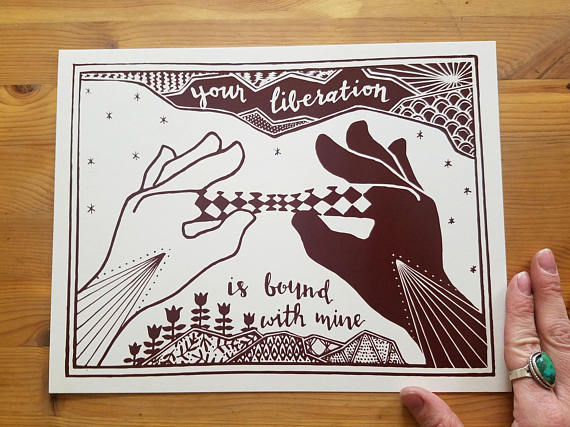
Holly White sends a message of equality, hope and sometimes frustration through her prints. She may just be starting out, but it’s clear she has a knack and an eye for printmaking. Her technique involves relief carving on linoleum and printing using two colors, though she admits to aspiring to using woodcuts and more colors. “I feel it’s continually an exercise in creating better compositions” White explained. As a Colorado Native, White finds obvious influence in her natural surroundings. You’ll see mountains, starry skies and botanical imagery scattered throughout her work. She studied Environmental Design at CU Boulder and worked in landscape architecture and 3D modeling before focusing on printmaking full-time. She currently teaches K-12 painting and drawing and sells prints and other creations on her own Etsy page, Wayward Artifacts. She’s also pretty fond of giving away “test prints” on Instagram if you comment on her photos.
During Mo’Print 2018, you can catch her at RedLine’s Open Portfolio on March 17 from 2 to 5 p.m. This exhibition is free and open to the public and features over 30 artists related to printmaking. Plus, you can purchase a print directly from her if you like her style.
Sean Caulfield
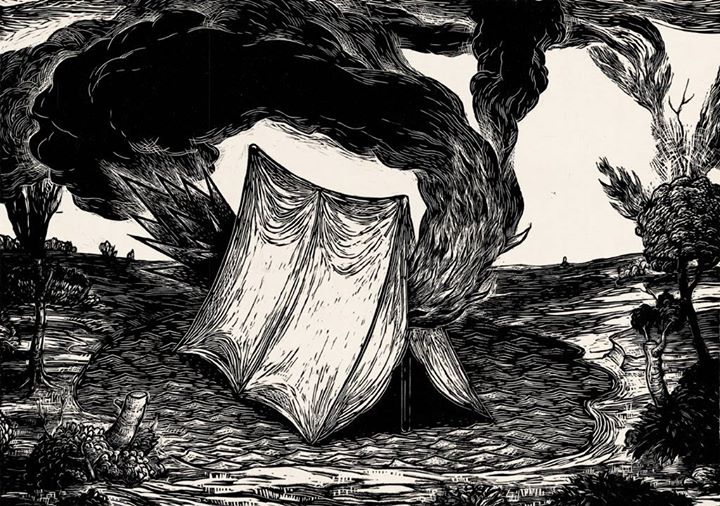
Sean Caulfield represents Alberta, Canada at this year’s Mo’Print. He spends much of his time as a professor at the University of Alberta in the Department of Art and Design. Caulfield is also well-known internationally for having received several grants and awards related to printmaking, drawing and other fine arts. Printmaking isn’t his only artistic endeavor, either. He also dabbles in installations, drawings and artist’s books. His printmaking techniques center around silkscreens, woodcuts and linocuts. The woodcuts (one pictured above) are immense in size — think floor to ceiling. They include a level of detail that make you forget they were first carved in wood before printed on paper. Much of his creative fodder comes from the intersection of the natural world and the artificial one. Caulfield explained, “my works focus on the idea that crisis and change — whether it be environmental, political, or personal — can be a significant and positive catalyst for rebirth, growth and courage.”
Some of his prints are showcased for Mo’Print at Altered Nature — a show that highlights six artists who hand-pull prints in North America —on view at Processus until May 19, 2018.
Jade Hoyer
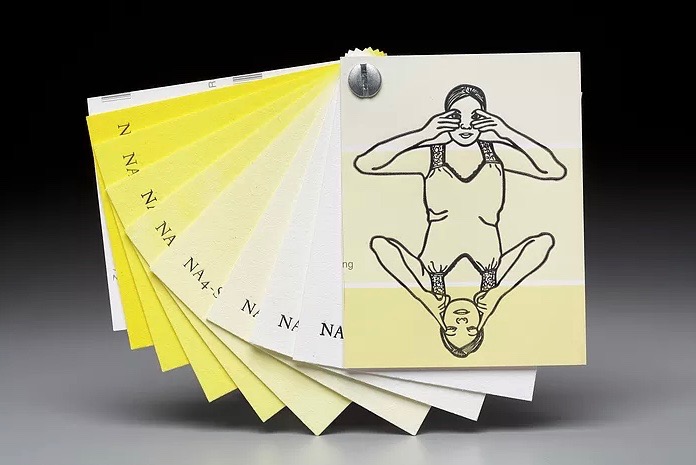
Jade Hoyer is a Filipina-American who approaches issues of race, privilege and other social systems head-on through her art. As the image above shows, she often uses systems of order (like color coding) to question our use of social categorizing. Even though the topics she broaches are usually loaded with controversy, she always manages to imprint a little bit of humor. Her other career is promoting access to higher education, a topic that tends to come up in her work from time to time. Using printmaking techniques on top of other mediums, Hoyer’s work verges on the sculptural or three-dimensional side. She is currently teaching classes at MSU Denver.
Some of her prints will be displayed at the Master Printmakers and Print Educators in Colorado exhibit during Mo’Print. Since she’s typically based on the East Coast, this will be a rare opportunity to see her work in person.
